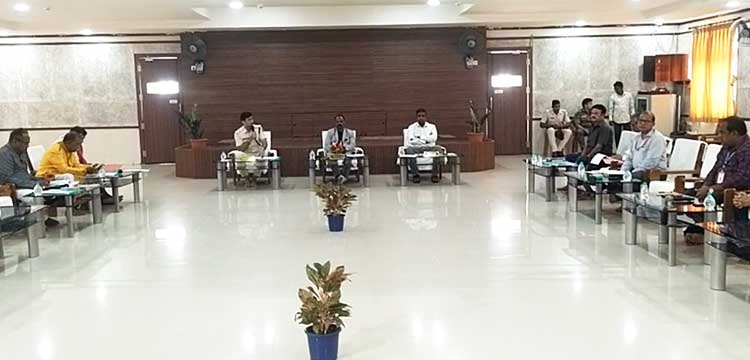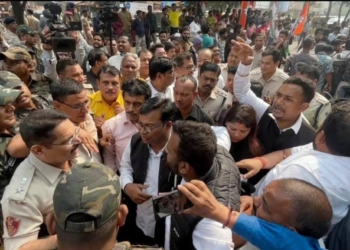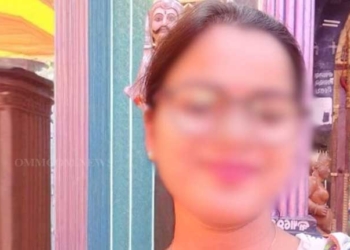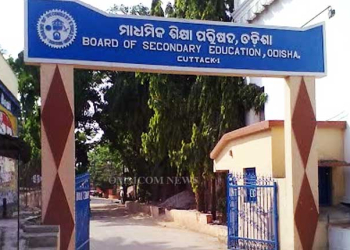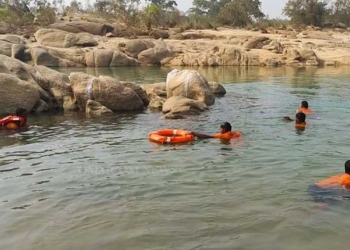Puri: A comprehensive security blueprint is set to be drawn up soon to ensure foolproof protection of the 12th-century Shree Jagannath Temple in Puri. The plan will address both physical and digital security concerns of the shrine, said Girish Chandra Murmu, head of the temple’s security sub-committee, after chairing a review meeting on Tuesday.
Murmu, who previously served as the Lieutenant Governor of Jammu and Kashmir and Comptroller and Auditor General (CAG) of India, said that inputs from all stakeholders — including the district administration, police officials, and senior servitors — will be taken before finalising the plan.
“A comprehensive security plan is being prepared to ensure safety inside the temple as well as in its outer circles. Care will be taken so that neither devotees nor servitors face inconvenience,” he told reporters.
According to sources, the upcoming plan will be designed to safeguard the temple’s physical and digital assets from emerging threats. It will focus on risk assessment, vulnerability management, physical security, and cybersecurity, among other aspects. Murmu’s vast experience in national-level security administration, particularly during his tenure in Jammu and Kashmir, is expected to play a key role in shaping the strategy.
The security sub-committee, chaired by Murmu, is the first of its kind in the temple’s history and functions under the Shree Jagannath Temple Managing Committee (SJTMC), headed by Gajapati Maharaja Dibyasingha Deb. The sub-committee’s primary mandate is to review the existing security system and recommend improvements. It was constituted in the wake of a series of security breaches, including unauthorised entry of devotees carrying mobile phones and spy cameras, and multiple instances of drones being flown over the shrine despite a ban.
A senior police officer said enforcement against drone operators had been challenging due to the absence of specific legal provisions. However, the situation is expected to improve following the Directorate General of Civil Aviation’s (DGCA) recent declaration of the Shree Jagannath Temple as a Red Zone or no-fly zone, which will remain in force until September 25, 2028. The restriction prohibits any kind of unmanned aerial vehicle operation around the temple premises, a move aimed at tightening airspace security.
Responding to queries on whether amendments to the Shree Jagannath Temple Act, 1955 were necessary to impose stricter penalties for violations, Murmu said such changes may not be required.
“We can frame rules under the existing Act to deal with such situations effectively,” he noted. He also said the committee is exploring the possibility of introducing walkie-talkie communication systems for on-duty officials to reduce dependence on mobile phones, which are currently banned inside the temple due to their camera and recording capabilities. The Archaeological Survey of India (ASI) will also be consulted on security measures that may have implications for the temple’s heritage structure.
Puri SP Prateek Singh confirmed that the DGCA’s Red Zone declaration was prompted by repeated sightings of drones over the temple premises in violation of the earlier ban. “This official designation will help us implement stricter action against offenders and ensure enhanced protection of the shrine,” he said.
The proposed comprehensive plan, once finalised, is expected to mark a significant upgrade in the temple’s layered security architecture, aligning with modern safety protocols while preserving the sanctity and accessibility of one of India’s most revered shrines.




